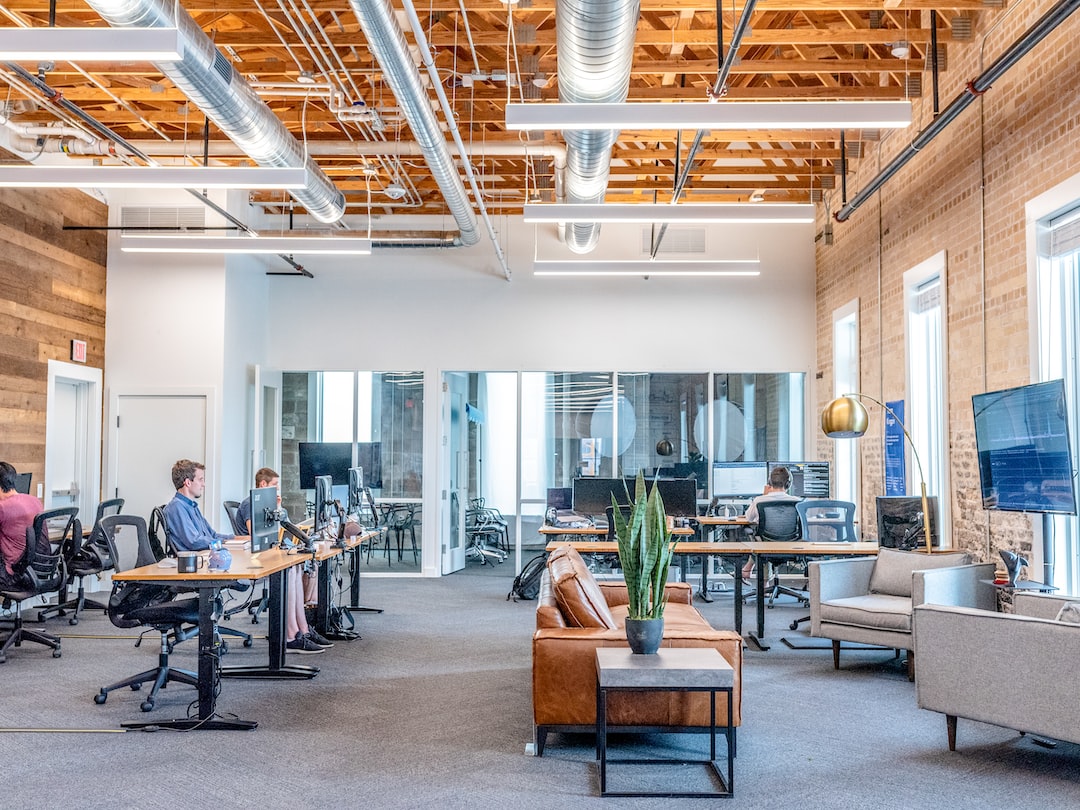Revolutionizing Transportation: Exploring the Potential of Hyperloop Technology
In today’s fast-paced world, transportation plays a crucial role in connecting people and enhancing economic growth. However, traditional means of transportation, such as cars, trains, and airplanes, come with their limitations, including high costs, congestion, and environmental concerns. That’s where Hyperloop technology comes in, promising to revolutionize transportation as we know it.
First proposed by Elon Musk in 2013, Hyperloop technology offers a new mode of transportation that is faster, more efficient, and environmentally friendly. The concept involves using low-pressure tubes to transport pods or capsules, in which passengers or cargo can be seated comfortably. These pods would travel at incredibly high speeds, reaching up to 600 miles per hour, propelled by magnetic levitation and linear induction motors.
One of the key advantages of Hyperloop technology is its potential to drastically reduce travel time. For example, a journey that currently takes several hours by car or train could be completed in just minutes using Hyperloop. This would not only make long-distance travel more convenient but also encourage economic growth by connecting cities and regions efficiently.
Moreover, Hyperloop technology has the potential to be more energy efficient and sustainable compared to traditional means of transportation. The use of renewable energy sources, such as solar panels or wind turbines, could power the system, reducing reliance on fossil fuels and minimizing environmental impact. Additionally, the low-pressure environment in the Hyperloop tubes would eliminate air resistance, making the pods more energy-efficient and decreasing carbon emissions.
Furthermore, Hyperloop networks could help alleviate traffic congestion in crowded cities, reducing the need for individual car ownership and promoting more sustainable, shared transportation options. As a result, cities could become less polluted, more livable, and more accessible for everyone.
The potential applications of Hyperloop technology are vast, ranging from passenger transportation to freight logistics. Imagine being able to travel from one city to another in a fraction of the time it currently takes or having goods transported across continents in a matter of hours. This could significantly impact industries such as tourism, trade, and supply chain management, opening up new opportunities for economic growth and development.
Although the concept of Hyperloop technology shows great promise, there are still a number of challenges to overcome before it becomes a reality. These challenges include regulatory issues, safety concerns, and the high costs of infrastructure development. However, companies like Virgin Hyperloop and SpaceX are actively investing in research and development to overcome these obstacles and bring the technology closer to fruition.
In recent years, several successful Hyperloop test runs have taken place, demonstrating the feasibility of the concept. Additionally, various countries, including the United Arab Emirates, United States, and India, have expressed interest in developing Hyperloop systems, further fueling the excitement and potential of this revolutionary transportation technology.
In conclusion, Hyperloop technology has the potential to revolutionize transportation by providing faster, more efficient, and sustainable means of travel. By connecting cities, reducing travel time, and minimizing environmental impact, Hyperloop networks could pave the way for a more connected, environmentally conscious future. Although there are still challenges to be addressed, the progress made so far indicates that we may soon witness the rise of this groundbreaking transportation solution. So, let us continue to explore and support the potential of Hyperloop technology for a better and more efficient future.
